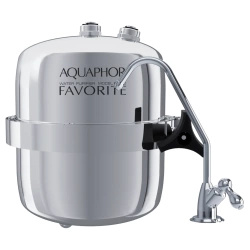 Scotland, known for its wet and damp weather, is facing a water shortage crisis in 2022 due to a series of warnings from the Scottish Environment Protection Agency (SEPA). The east of Scotland has experienced the driest January since 1940, followed by lower-than-average rainfall in the spring and summer. SEPA has warned that parts of Fife have reached the highest level for water scarcity and other parts of the country are expected to face similar conditions. This crisis is attributed to climate change and could have serious impacts on agriculture and businesses in Scotland. Scottish Water is working to maintain public water supply in affected areas. While there are no plans for water restrictions for Scottish homes, the situation is becoming increasingly worrying.
Scotland, known for its wet and damp weather, is facing a water shortage crisis in 2022 due to a series of warnings from the Scottish Environment Protection Agency (SEPA). The east of Scotland has experienced the driest January since 1940, followed by lower-than-average rainfall in the spring and summer. SEPA has warned that parts of Fife have reached the highest level for water scarcity and other parts of the country are expected to face similar conditions. This crisis is attributed to climate change and could have serious impacts on agriculture and businesses in Scotland. Scottish Water is working to maintain public water supply in affected areas. While there are no plans for water restrictions for Scottish homes, the situation is becoming increasingly worrying.
East-West Divide
Despite Scotland’s reputation for being rainy, the country has experienced a number of dry years recently. In particular, the east of the country has seen below average rainfall for at least six months. Climate change is expected to make this trend more frequent and severe in the future. Summers in Scotland are predicted to become increasingly dry. According to SEPA, the problem is that rain is not falling „in the right place at the right time.” The west coast, however, receives more frequent rain.
Water Shortage Impact on Businesses
Water shortage is a growing concern for many industries in Scotland, particularly in rural areas. This is where natural resources are essential for farming, hydropower, whisky production, and even golf courses. The distilling process of whisky, for example, requires clean water as one of its three key ingredients alongside malted barley and yeast. However, it is in agriculture where water scarcity has the most significant impact, as irrigation is the most intensive use of water and happens during the time of year when water is already scarce. The east coast of Scotland, where irrigation for potatoes is most prevalent, has been particularly affected by reduced rainfall. Thus, it’s important for farmers taking steps to ensure a consistent and plentiful water supply to avoid disruption.
Water Shortage Impact on Households
While SEPA monitors water conditions in Scotland, it is Scottish Water that provides water and waste services. Scottish Water has stated that there are no current plans to implement water usage restrictions. However, Scottish Water encourages people to use water more efficiently. Simple actions such as taking shorter showers, turning off the tap while brushing teeth, can help to conserve water. Additionally, using a watering can instead of a garden hose and washing cars with a sponge can help save water.

